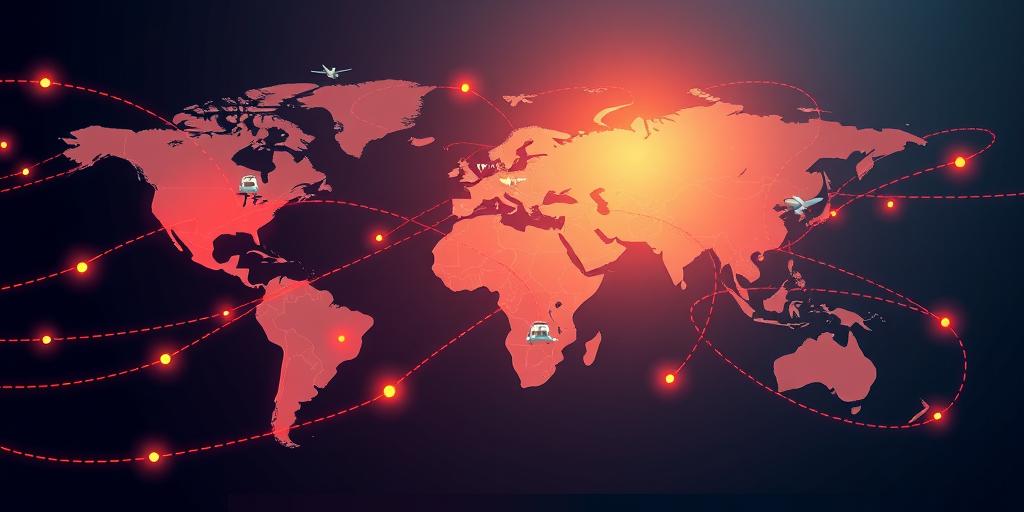Hey there, friend! Let's dive into the wild world of global logistics and transportation networks. I know, it sounds super serious, but trust me, it's way more interesting than you think. Think about everything you use daily – your phone, your clothes, even that avocado toast you had for breakfast. It all had to travel, sometimes halfway across the world, to get to you. That's the magic (and sometimes the mayhem) of global logistics.
First off, let's be real, it's a crazy complex system. We're talking ships, planes, trains, and trucks – all working together (or at least trying to) to get goods from point A to point B. There are so many moving parts: suppliers, manufacturers, warehouses, customs agents… it's a logistical nightmare, but someone has to do it, right?
I've always been fascinated by how it all connects. Like, have you ever thought about the journey of a single container? It could start in a factory in China, hop on a massive cargo ship, cross the Pacific Ocean, get unloaded at a port in California, then travel by truck to a distribution center, and finally, end up on your doorstep. That's a journey, my friends!
But it's not always smooth sailing (pun intended!). Delays happen. Things get lost. Sometimes, entire ships get stuck in the Suez Canal (remember that?). It's a constant balancing act of efficiency, cost, and reliability. And let's not forget about the environmental impact – it's a big one. The industry is constantly searching for ways to become more sustainable.
So, what's the future of global logistics? That's the million-dollar question! I think we'll see more automation, more use of data analytics, and a greater focus on sustainability. But one thing's for sure: the world needs efficient and reliable transportation networks to keep everything running smoothly. Without them, well, let's just say we'd be in a world of hurt.
Have you ever thought about the logistics behind your daily life? Would love to hear your take!




